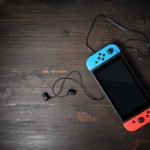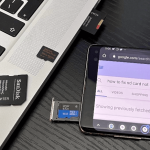Computers and storage devices are equipped with USB ports for seamless connection of USB devices. But sometimes, the computer displays a prompt saying it doesn’t recognize the connected USB. In this case, what should you do?
In this article, we will explain how to fix USB device not recognized, ensuring that no data is lost in the process.
Symptoms and Reasons for Windows Not Recognizing USB
The main indicator of USB device not recognized is when you receive a message that says:
“USB Device Not Recognized: The last USB device you connected to this computer malfunctioned and Windows does not recognize it.”
The prompt above commonly applies to Windows 7 and 10. For other Windows version, you may see messages like these:
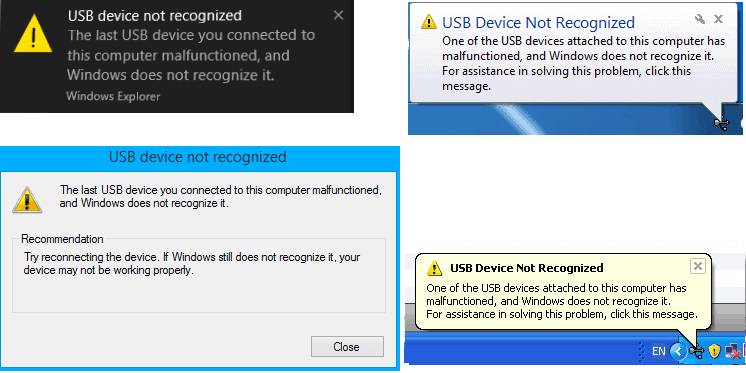
There are various factors that cause these errors. The common ones are:
- Faulty USB Port: When your USB port is damaged or has debris lodged inside, it won’t make proper contact with the flash drive, thereby causing it not to be recognized.
- Hardware Damage: The computer’s protective agents, like antivirus may repel the connectivity of USB devices because of malware attacks or corruption.
- Outdated Drivers and Windows: Windows 7 or earlier versions lack the necessary drivers or support for newer USB devices, leading to flash drive not recognized by the computer.
- Configuration Issues: To preserve battery power, Windows automatically power down USB devices, making them not show up.
How to Fix USB Device Not Recognized
In the following parts, we will explain 6 solutions on how to fix USB flash drive not detected. Without expert knowledge, you can easily carry out these fixes.
Uninstall and Reconnect the USB Flash Drive
This solution is suitable for cases where your USB driver is corrupted or unstable. All you have to do is uninstall the drive, then reconnect it to the computer.
👉Here are the steps to take in fixing “USB device not recognized” via this method:
- Select the Start menu, input Device Manager in the search box.
- From the dropdown list, click Device Manager.
- Expand the Disk Drives section.
- Right-click the USB flash drive and tap Uninstall device, then remove the drive.
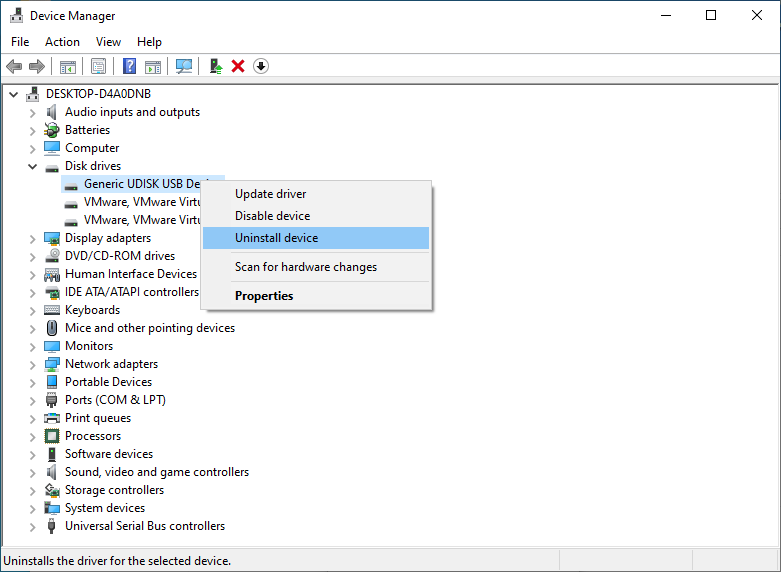
- Restart your PC, then reconnect the USB flash drive.
Change to another USB Port
Your computer not recognizing USB drives could be because the port you connect to is faulty. This often happen if your computer is getting older or you always use a particular port out of inconvenience, making it worn out or broken. Thankfully, computers come with more than one USB port.
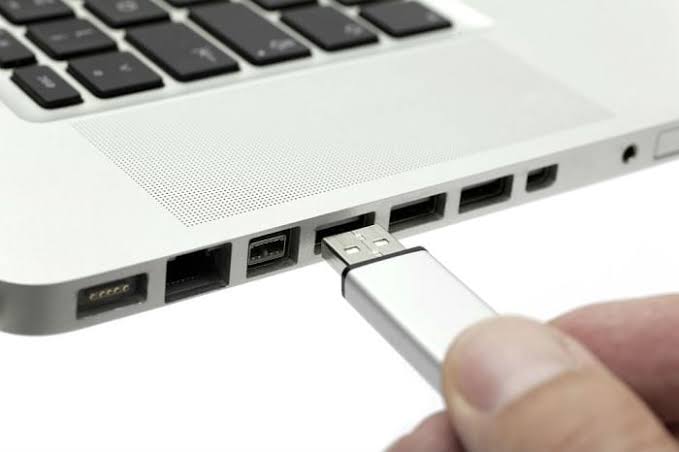
To resolve this, insert your USB drive into another port. If it shows up, that means your favorite port is faulty. You can choose to send your computer to a professional to fix the port or switch to using the other available ports.
Update Your Computer Driver
The motherboard is the backbone that ties every component of the computer at one spot, allowing them to work together. So, if you have a “USB device not showing up” error, it could be that the motherboard requires up-to-date drivers to recognize the USB drive.
👉Follow these steps for how to fix USB device not recognized using this method:
- Go to the official website of the manufacturer of your computer’s motherboard.
- Check if a new driver is available.
- Download it and install it on your computer.
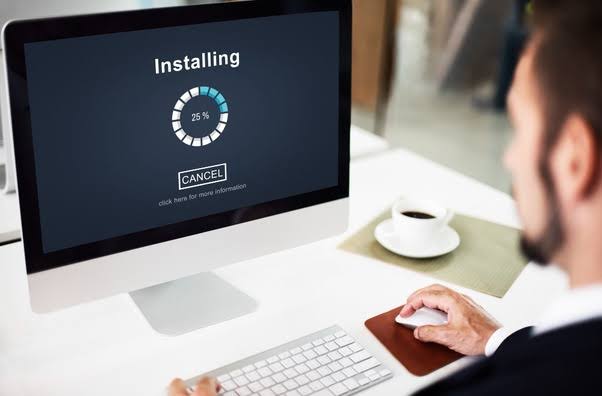
❗Note: Don’t download from third-party websites because most of them are scam and some of them cause malware attacks.
Update Windows System to the Latest
From time to time, Microsoft releases newer updates to Windows systems. These updates contain hot fixes that can resolve critical solutions. So, if you have a “Windows not recognizing USB” issue, it might be that you are using an older version.
For example, update your Windows to KB976972 version if you have trouble moving your data over USB from a Windows 7 computer. KB976972 Windows hotfix guarantees the stability and reliability of USB devices on Windows 7 systems. It basically ensures smooth operation and compatibility with USB devices.
On the other hand, if a connected USB device is enabled in the USB Selective Suspend settings, and the computer sends a message that the device is disconnected from the USB hub port, you can use KB974476. This Windows hotfix ensures that the USB device is stable and functions properly after it’s removed from the USB Selective Suspend hibernation mode.
👉To update your Windows system to the latest, follow these steps:
- Go to Settings.
- Select Updates and Security.
- Choose Windows Update.
- Click Check for Updates.
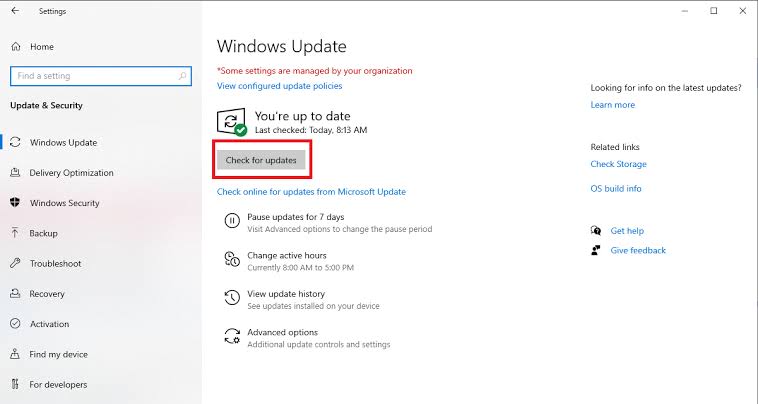
- Choose the latest update, then select Install now.
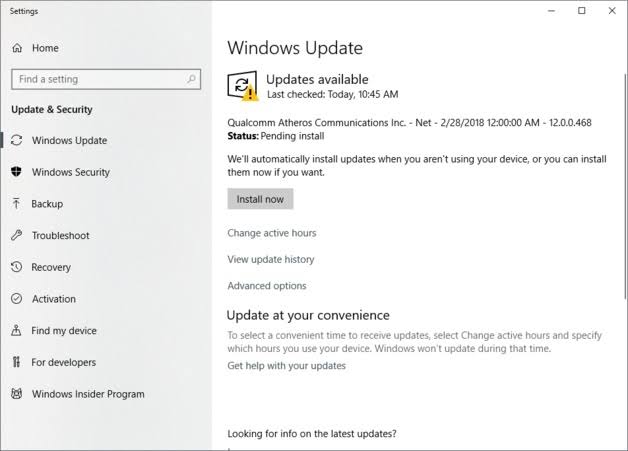
- Wait till the update is fully installed, then restart your computer.
Turn off the USB Selective Suspend Setting
If your USB devices are not used after some amount of time, Windows automatically disconnect them. This is done to preserve battery power, as well as extend the lifespan of the USB devices. In this case, all you have to do is change the USB Selective Suspend settings.
👉Here is how to go about it:
- Tap the Start menu, type Power plan in the search box, then click on Choose a power plan.
- Select Change Plan Settings, then Change advanced power settings.
- Open USB Settings, then USB selective suspend settings.
- In the dropdown options, click on Disabled. Then, press OK.
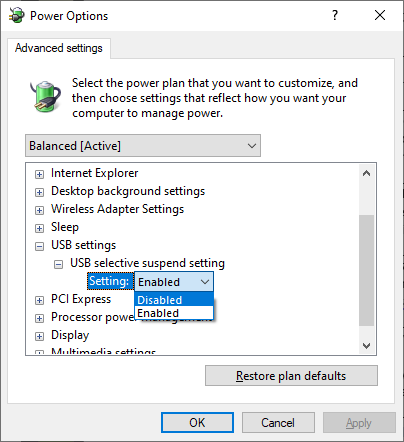
Change USB Root Hub
A USB root hub is a driver that enables the connection of several USB devices. Basically, it controls the communication between the computer and the connected USB devices.
Sometimes, if a particular USB is not detecting the computer, the problem can be traced to the USB root hub.
👉Explained below are the step-by-step processes to resolve this:
- Go to Device Manager and from the variety of options available, pick Universal Serial Bus Controller.
- Navigate to USB Root Hub, right-click it, and select Properties.
- Tap the Power Management tab and untick the Allow the computer to turn off this device to save power box.
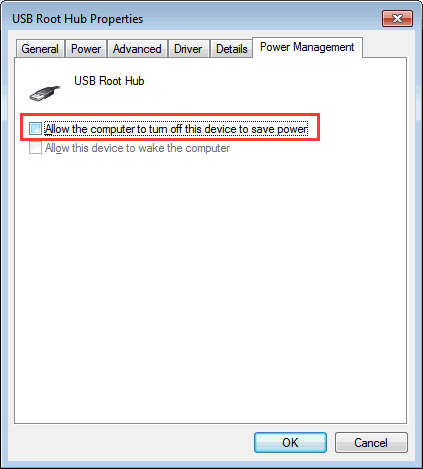
- Press OK to save the changes.
Further Troubleshooting: Backup or Recover Data from USB Flash Drive
Were you able to fix the “flash drive not recognized” error from the solutions explained above? That’s good.
But after a while some users complain that their USB drive has stopped showing again. Look at this report we got from a user:
“I discovered that my Windows wasn’t updated to the latest version. I downloaded and installed the newest, but after some weeks, my flash drive stop showing up again.”
To avoid cases like this that put you on the verge of losing your data completely, it’s better to frequently backup your data to another storage.
On the other hand, if you successfully resolved the “Windows not recognizing USB” issue, but find out that some data are missing, the perfect solution is to use one of the best file recovery software for Windows, like ONERCEOVERY.
ONERECOVERY is a professional file recovery software that can save you from any data loss, including accidental deletion, formatting errors, virus attacks, etc. With a high success recover rate (95%) and cost-effective price, it’s recommended by experts around the world for efficient data recovery. The software works well for Windows 7/8/10/11, and even macOS.
In just 3 simple steps, you can recover missing data on your USB drive, such as photos, audios, videos, and many more.
To get started, download and install ONERCEOVERY on your computer. Then, follow these steps on how to restore permanently deleted files on Windows:
- Open the app and select the USB drive. Automatically, the scanning process will begin, displaying all lost, deleted, overwritten, and corrupted data.
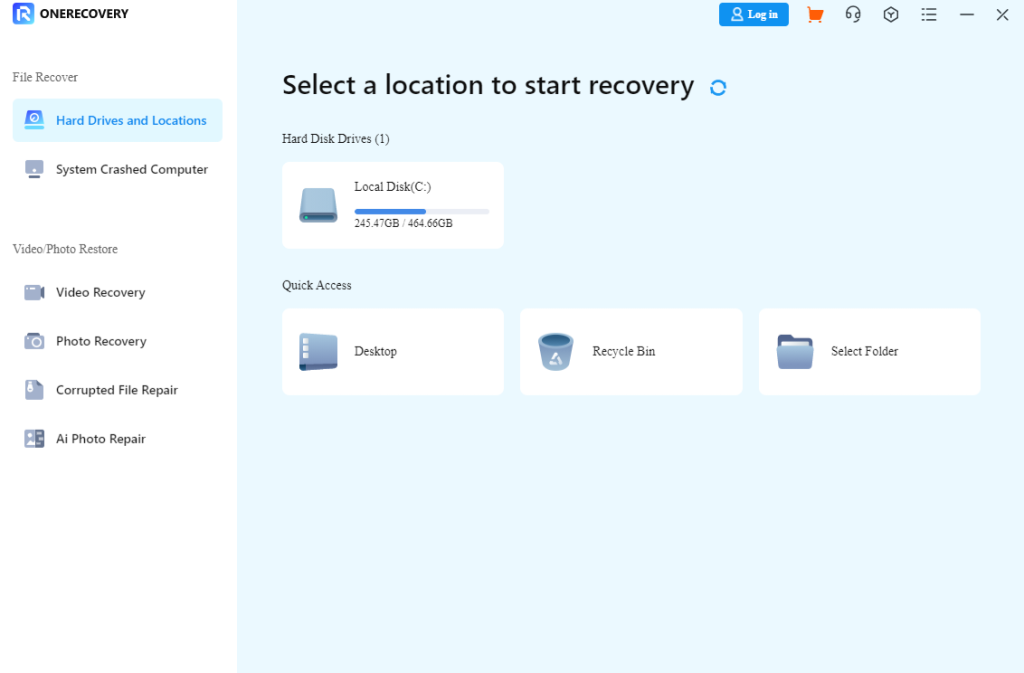
- Preview the displayed data and choose the ones you want to restore.
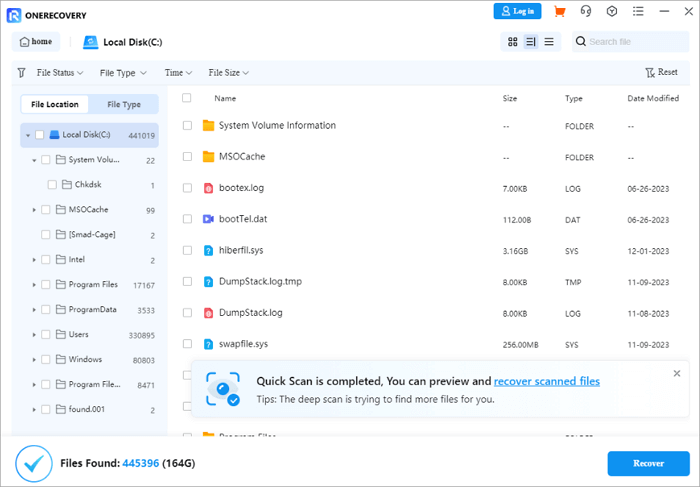
- Then, click Recover.
Conclusion
USB devices are important peripherals in operating the computer. In this post, we’ve provided 6 solutions on “how to fix USB device not recognized” error, which is the most common problem users experience with USB devices.
FAQs on USB Device Not Recognized
These are more questions and answers that will help you fix your “USB drive not detected” problems.
- How to prevent the USB not-recognized error
Here are some practices you should follow, so you won’t have to worry about how to fix USB flash drive not detected:
- Safely eject your USB device: Don’t hastily remove your USB device. Rather, right-click on the USB drive and select Eject from the list of options.
- Buy from reputable brands: Desist from using a no-name USB device. Buy only from reputable brands like SanDisk, Samsung, Transcend, etc.
- Store your USB device properly: USB devices cannot withstand prolonged exposure to high humidity or heat levels. Hence, store them in a cool environment.
2. How do I fix a corrupted USB on Windows 10?
Windows comes with a Disk Check tool that detects and fixes corrupted USB flash drives. Follow these steps to get it done:
- Insert the USB drive into the computer.
- Go to File Explorer and select This PC.
- Right-click the USB drive and choose Properties.
- Navigate to the Tools tab, then click on Check. Windows will begin to check and fix the corrupted drive.
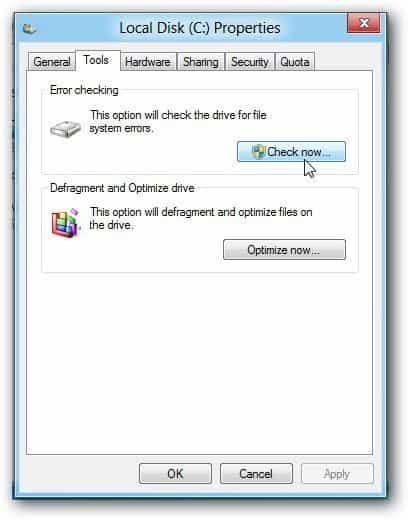
- Once the process is completed, you can now restore your corrupted and overwritten files.




